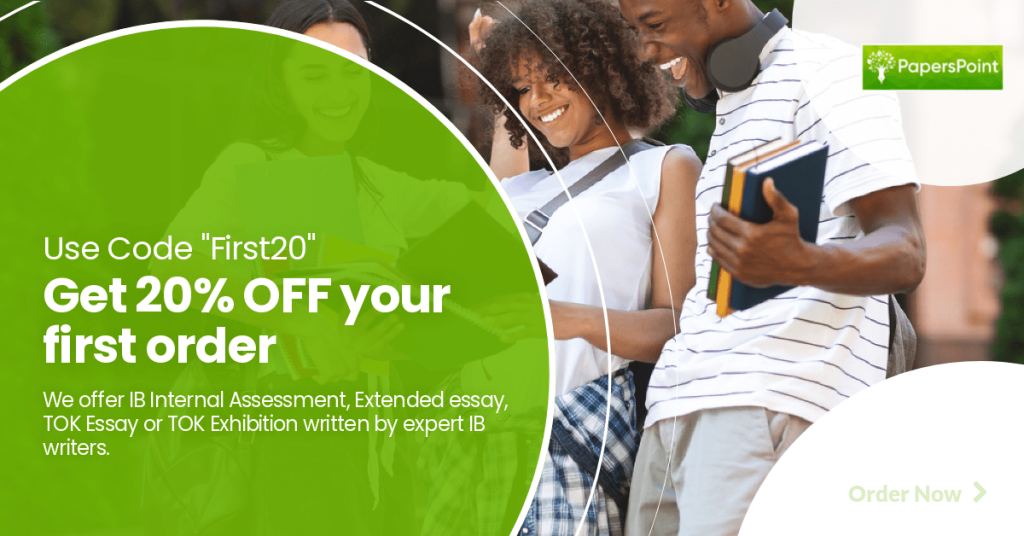As an IB student, you know that writing a solid Internal Assessment is critical to achieving a high score. But did you know that editing and proofreading your IA is equally as important? It’s easy to get caught up in the writing process and overlook simple mistakes. However, taking the time to carefully review your work can make all the difference in ensuring that your IA is polished, cohesive, and meets all necessary guidelines. In this article, we will explore the editing and proofreading process for your IB internal assessment and provide tips for effective review.
This article is a part of The Ultimate Guide to IB Internal Assessment: Tips, Strategies, and Best Practices
The Editing Process
Editing is an important step in the writing process that can help you improve the quality of your IA. When you edit, you take the time to read through your work multiple times to ensure that it is clear, concise, and easy to understand. Here are a few steps you can follow to help you edit your IA effectively.
The first step is to read through your IA several times. This will give you a good understanding of the content and structure, and help you identify areas that need improvement. As you read through your work, make notes of anything that doesn’t sound right or that you want to change.
Next, you’ll want to check for grammar, spelling, and punctuation errors. Use the spell check tools in your word processor, but don’t rely solely on them. They may miss certain errors, especially if they involve homophones or similar-sounding words. Pay attention to common errors like “your” vs. “you’re” and “their” vs. “there” as well.
Another important aspect of editing is focusing on sentence structure and word choice. You want to ensure that your sentences are well-structured and easy to read. Vary the sentence length to make your IA more engaging to read. Pay attention to word choice to ensure that your IA is concise and specific. Avoid using jargon or overly complex language.
Finally, you want to look for ways to improve the flow and coherence of your assessment. Make sure that your IA has a logical flow and is easy to follow. Consider the structure of your paragraphs and ensure that each section relates to the topic. If you find that certain paragraphs don’t fit well, consider rearranging or rewriting them to improve the flow.
Remember, editing takes time and effort, but it is an essential step in ensuring that your IA is clear, concise, and well-organized. Taking the time to edit your work carefully can help you achieve the best possible grade and demonstrate your understanding of the subject matter.
The Proofreading Process
Proofreading is a critical step in the editing process, and it’s essential to ensure that your IA is free from small errors that can cost you valuable marks. Here are a few things to consider when proofreading your IA.
The first step is to focus on the small details. Proofreading is all about catching the errors that can easily be overlooked. You want to look for inconsistencies in formatting, citation styles, and references. Check that your font size and style is consistent throughout the IA. If you have used a specific style guide, make sure you are following it consistently.
Next, you’ll want to check for typos and formatting errors. Typos and formatting errors can easily slip through the cracks, so it’s essential to look for them carefully. Pay attention to capitalization, punctuation, and spacing. Be sure to double-check that you have not overlooked any important details.
Another important aspect of proofreading is looking for consistency in citations and references. The citation style should be consistent throughout the IA. Ensure that you have cited all references correctly and that you have included a bibliography that meets the guidelines of the IB. Make sure you have included all necessary details for each reference.
Finally, it’s important to check that your IA meets all the necessary guidelines set by the IB. Make sure you have included all necessary sections, and that the IA is the correct length. The IB provides specific guidelines on the structure and content of the IA, so make sure you have followed these guidelines carefully.
Remember, proofreading is a crucial step in the editing process, and it’s essential to ensure that your IA is free from small errors that can cost you valuable marks. Take the time to go through your work carefully and ensure that everything is in order. By doing so, you’ll be setting yourself up for success and ensuring that your IA meets the high standards expected by the IB.
Get Help with Your Paper
Fill out the order form, and our writers will start immediately. You’ll get a unique, high-quality paper on time, even if you’re in a hurry.
Tips for Effective Editing and Proofreading you IB Internal Assessment
Firstly, it’s essential to take breaks in between editing and proofreading to avoid getting overwhelmed. Giving your mind a rest can help you come back with fresh eyes and make your editing more effective. You’ll be surprised how much taking a short break can help you stay focused and make fewer errors.
Secondly, take advantage of online tools and resources that can assist you in the editing process. Grammarly, Hemingway, and the IB’s Extended Essay Guide are just a few examples of online tools that can make editing easier and more efficient. These tools can help you with grammar, sentence structure, and provide suggestions for improving the clarity of your work. And our company can help you with IA writing and you can also buy original IB EE from our service.
Thirdly, having someone else read through your assessment for a fresh perspective can be helpful. Another person may spot errors that you have missed or suggest changes that can improve the overall quality of your work. It’s always good to have a second opinion!
Lastly, use a checklist to ensure you cover all necessary areas during the editing and proofreading process. A checklist can help you stay organized and ensure that you don’t miss any critical errors or areas of improvement. The checklist should include items such as checking for grammar and spelling errors, ensuring the assessment is well-structured and easy to follow, and verifying that all references and citations are correctly cited.
Remember, editing and proofreading take time, but it’s worth it to ensure that your work is of the highest quality. By taking breaks, using online tools, getting a fresh perspective, and using a checklist, you’ll be well on your way to producing a great piece of work.
Topics to Read:
Conclusion
Editing and proofreading are essential steps in ensuring that your IA is polished, cohesive, and meets all necessary guidelines. By taking the time to carefully review your work and making necessary changes, you can significantly improve your IA’s quality and achieve the results you deserve. Remember to take breaks, use online resources, and ask someone else for a fresh perspective. Use a checklist to ensure that you cover all necessary areas, including grammar, spelling, punctuation, sentence structure, and adherence to IB guidelines. By following these tips, you’ll be well on your way to writing an excellent IA that will impress your teachers and help you achieve your academic goals.



